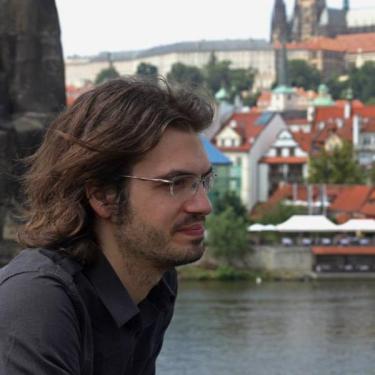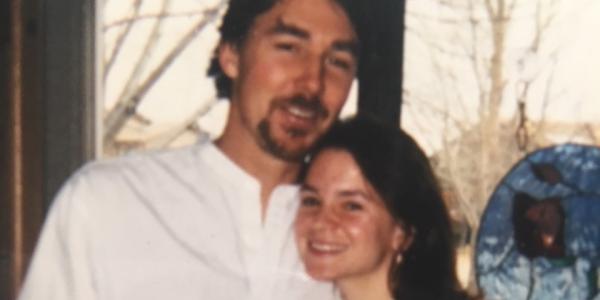CU Boulder PhD gets prize for top thesis in biological physics
Turns out, it took a physicist to unlock some key findings about how cells actually divide, and Robert Blackwell, who recently received his PhD in biological physics from the University of Colorado Boulder, apparently stepped up to the plate in a big way.
In January, Blackwell found out the American Physical Society had chosen his PhD thesis, "Physical determinants of bipolar mitotic spindle assembly and stability in fission yeast,” as the Outstanding Doctoral Thesis Research in Biological Physics for the year.
Blackwell, who is currently doing postdoctoral work on membranes and motor proteins at Friedrich-Alexander University in Germany, said he wasn’t totally surprised by the award, but was very happy nonetheless.
“I was a little surprised—I’ve never won anything before,” he said. “Now, I’m in very good company (with past winners of the award). Biological physics has been around for around 60 years, but it’s coming to maturation now, and I had a lot of help at CU from some very talented scientists.”

Robert Blackwell
“All cells have to divide to sustain life,” and to do so they need to share the DNA with the two daughter cells, Blackwell said. “They grow these long tubes (known as microtubules) that grab the DNA, and this structure is known as the mitotic spindle.”
“We knew what the building blocks were, but not how they interacted,” Blackwell said. “In our research, we detail how the forces inside the spindle balance each other out.”
In a cellular context, Blackwell described these spindles as growing and shrinking “iron girders,” and while they are created by various proteins, the active cross-linking proteins, or motors, were shown to interact more dynamically than previously thought. In particular, the research focused on one of these motors, known as kinesin-5, which is extremely important to the dynamics governing the spindle creation, polarity and eventually the division that passes the DNA information to the daughter cells.
“It was thought always to always walk up to the middle of the spindle, but sometimes it walks back,” Blackwell said. “We find that this backward motion is necessary for the spindles to form.”
“The work had a lot of findings,” he continued. But most importantly, “we can have a model that can describe the spindle formation from the ground up.”
Blackwell’s modeling of the 2.5-micrometer spindles is based on physical measurements conducted by high-powered microscopic cameras and electron microscopy. Though human cells are probably 1,000 times more complex in their spindle construction, Blackwell believes his model will help in identifying chemical means to alter spindle creation.
From a standpoint of combating cancer through chemotherapy such, modeling could identify protein combinations, rather than the conventional single proteins, that could be inhibited. Treating these protein combinations could potentially increase the efficacy of drugs and reduce their side effects.
Those are tangible results for Blackwell, a physicist who only turned to microbiology after deciding against following more abstract fields such as astrophysics or string theory.
“I’ve wanted to be a physicist since I was 16, and I guess I am,” said Blackwell, who has now branched out into researching the physical dynamics of cell membranes. “I’ve always told my students how important it is to approach research across disciplines.”



